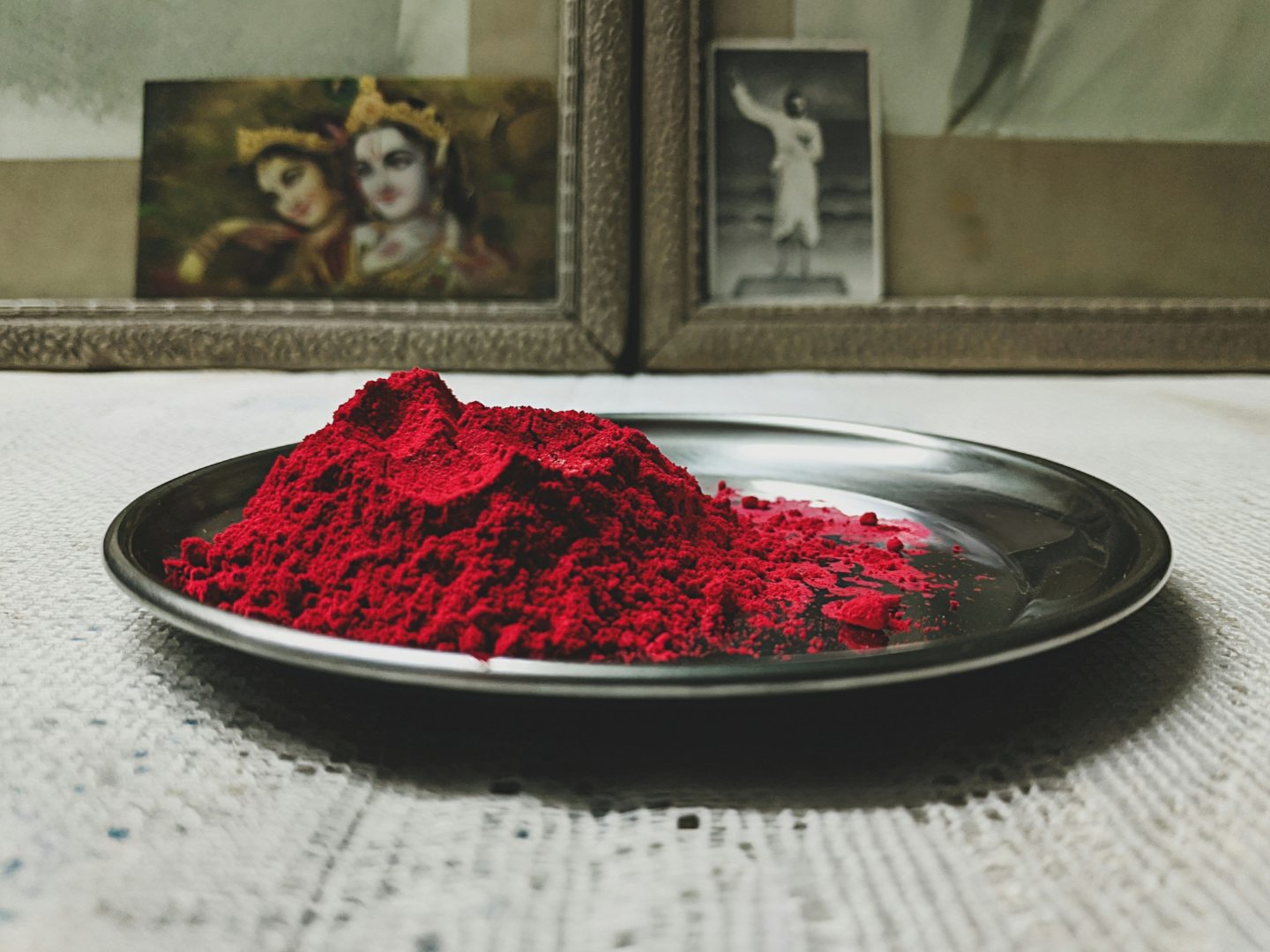The Types and Applications of Red Ceramic Pigments

Red is a uniquely significant color, not only because it resembles the hue of human blood but also due to its role as one of the three primary colors—red, yellow, and blue—that form the foundational components of life. In the realm of ceramic pigments, blue pigments have been relatively easier to develop. Common varieties include vanadium zirconium blue, cobalt blue, peacock blue, and sapphire blue, with structural types such as zircon, spinel, and rutile. Yellow ceramic pigments exhibit a diverse range of products, including titanium-based orange-yellow and pure yellow, iron-chromium-zinc-aluminum-based golden yellow and brown-yellow, praseodymium yellow, and inclusion yellow of zircon structure, among others.
Ceramic pigments can be broadly categorized into two main types based on their applications: glaze-use and body-use. Most glaze-use pigments exhibit color development in the body, whereas body-use pigments do not necessarily display color in the glaze. The primary varieties of red ceramic glaze-use pigments include zirconium iron red, inclusion red, Yuanzi red and manganese pink. Among these, zirconium iron red and inclusion red belong to the zircon structure type and demonstrate excellent color development in both glaze and body applications. Inclusion red is particularly noted for its vivid color and high redness value, despite its relatively higher cost, making it widely used in glass mosaics, glazed ceramic tiles, and artistic porcelain. Zirconium iron red, due to its lower price, finds extensive application in matte glazes and ceramic tiles and can be blended with other zirconium-based pigments to adjust colors, offering a broader range of hues and good high-temperature performance.
Yuanzi red, also known as tin pink, belongs to the stannite structure. It is mainly made by firing a mixture of chromium oxide, tin oxide and calcium oxide. The product's formula is highly confidential, and its production process is complex. Yuanzi red extends from pink to deep purple depending on the content of chromium oxide and calcium oxide in the formula. Currently, Yuanzi red products are also used in the production of pink ceramic ink, and glazed tiles are also major users.
Due to the presence of manganese carbonate, manganese pink has poor heat resistance at high temperatures. Moreover, in ceramic tiles, the unreacted manganese carbonate can easily cause pinholes. Therefore, manganese pink for glazes is mainly used in matte antique brick products.
The main red ceramic pigments used for the body include coral red, silicon iron red, yttrium aluminum red, manganese red, etc. The development of aluminum iron red can be said to be a miracle. It is said that this variety was accidentally developed during an unintended experiment. There is also a saying that it was due to the mistake of mistaking alumina for chemical zirconia when preparing raw materials that led to this miracle. Of course, all these are just legends in the industry. However, the first technical colleague who made the coral red product still earns great admiration from the author, who is also a technician.
Silicon iron red is mainly made by calcining a mixture of silica and iron oxide red. It has a more vivid color than aluminium iron red and a stronger pinkish tone. The natural product of this kind is the French 510B silicon iron ore. However, as the price of silica is several times higher than that of aluminium oxide, currently, the market is basically dominated by the cheaper aluminium iron red products.
Manganese red products belong to the corundum-bonded type. Their high-temperature resistance in the body is generally average. Due to the relatively low prices of raw materials such as alumina and manganese carbonate, they are also a relatively inexpensive pink ceramic body colorant variety. Currently, manganese red products are rarely used in the market. Their market share was considerable around 2004. However, due to the decline in demand, currently, very few colorant manufacturers produce them, and they are basically monopolized by one or two colorant enterprises.
Copyright © 2025 FOSHAN HUAYI CERAMIC COLOURS CO., LTD. All Rights Reserved.
 Network Supported
Network Supported
Blog / Sitemap / Xml / Privacy Policy